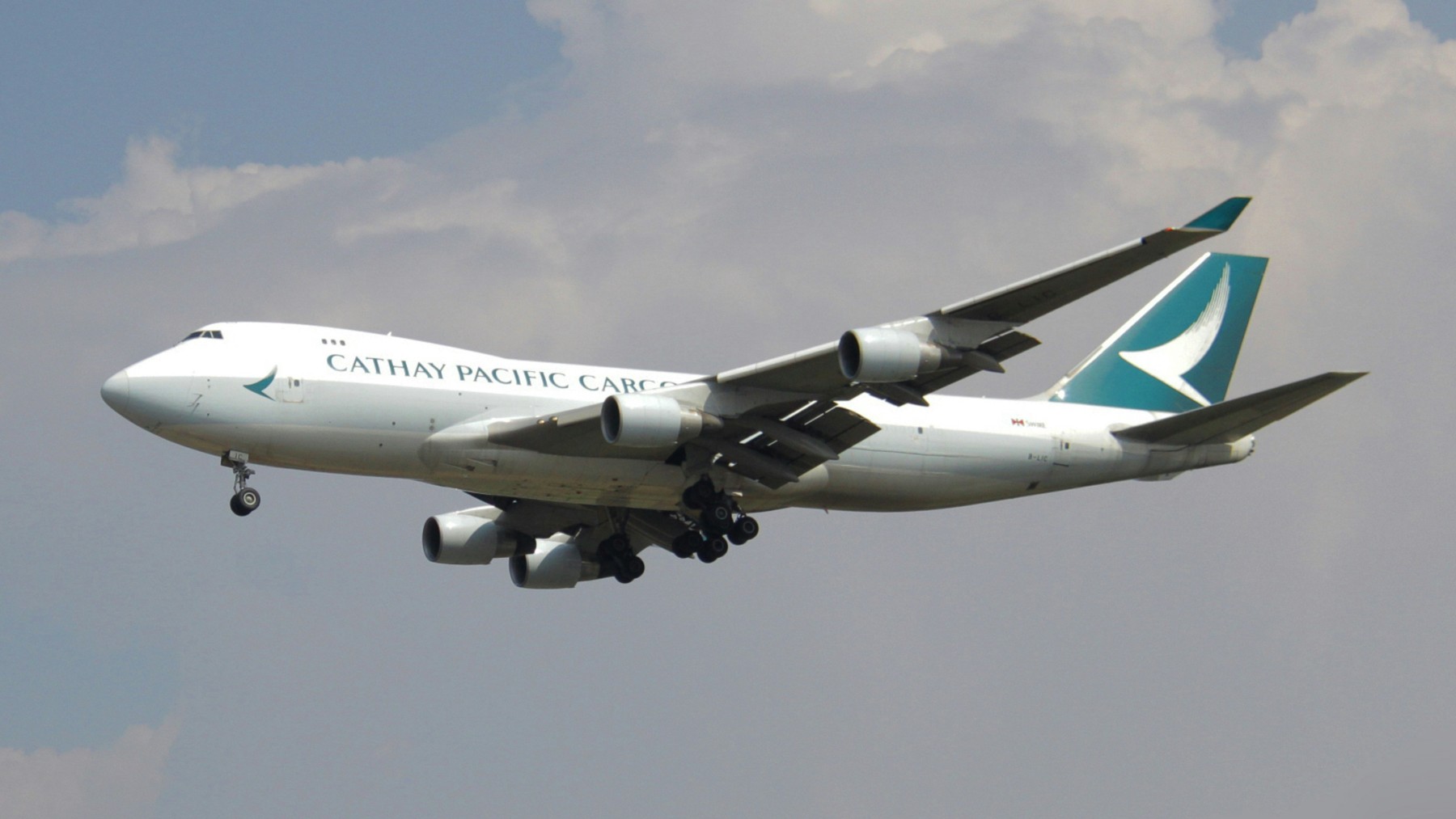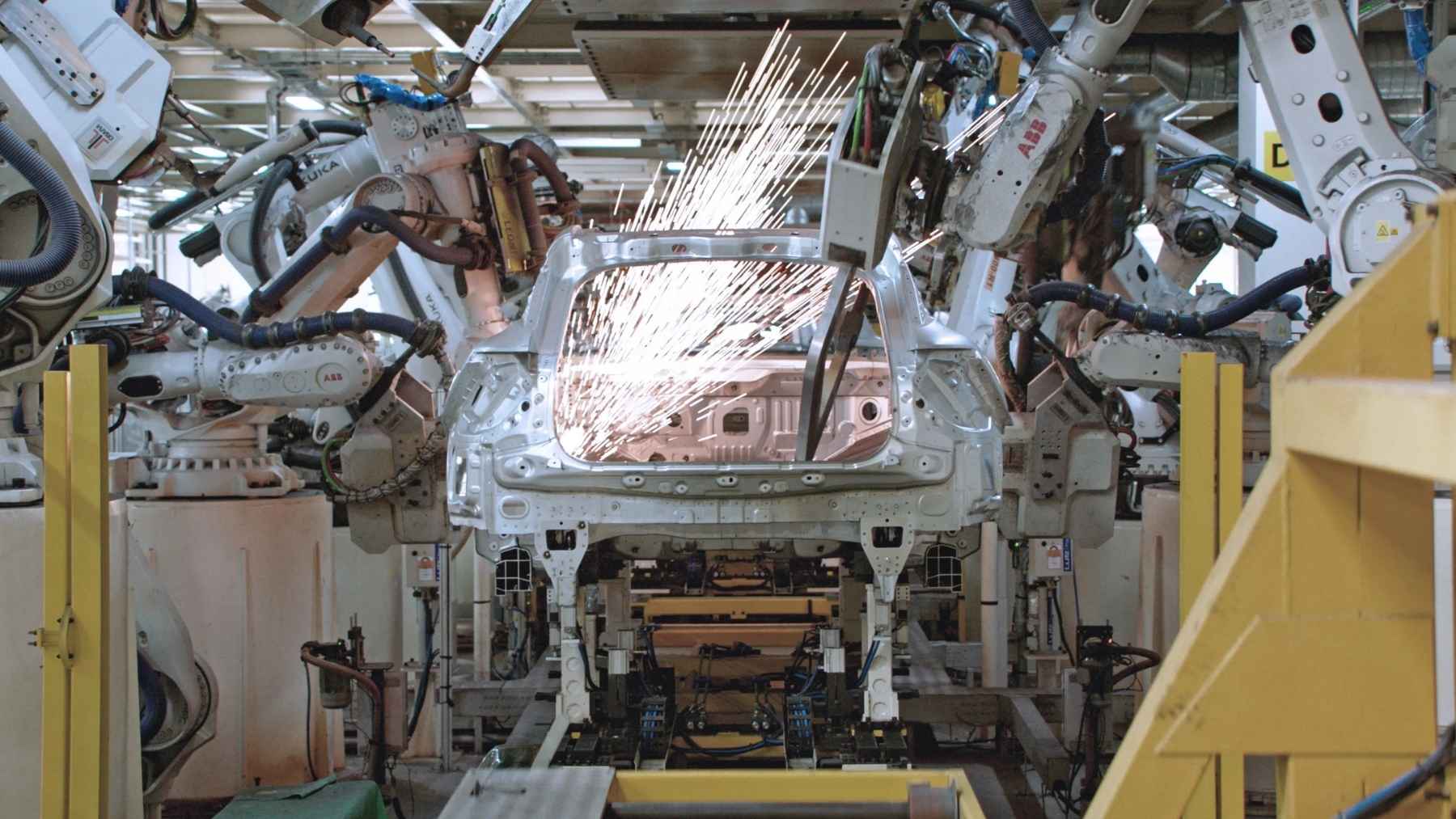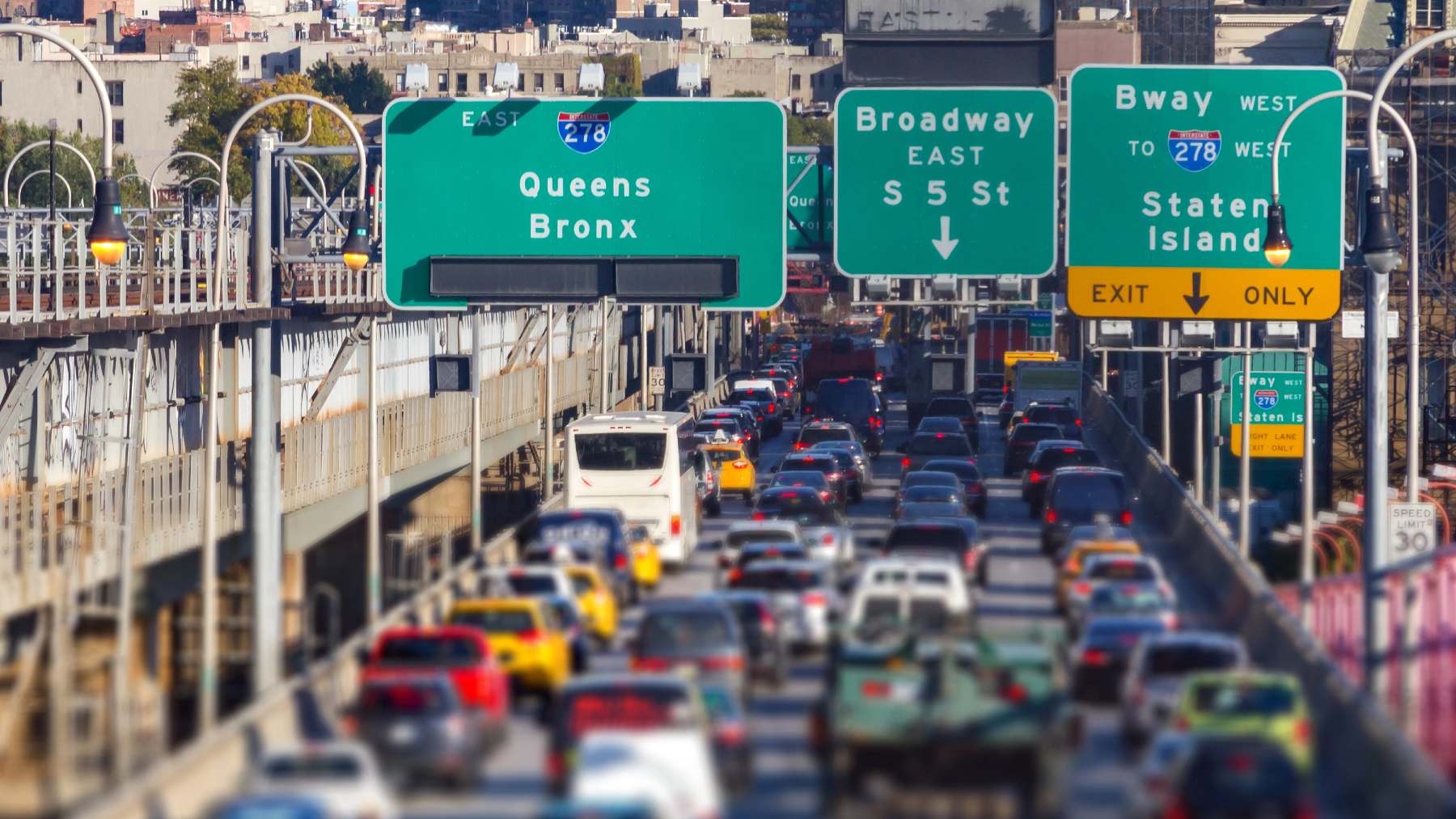Rolls-Royce took a blow earlier this month when Cathay Pacific airlines announced that they had identified an engine component failure within 15 of their Airbus A350 aircrafts. The Airbus A350 uses Rolls Royce engines and are aircraft designs which can be found across airlines including Qatar Airways, British Airways, Japanese Airlines, and Virgin Atlantic.
The engine failure lead to the cancellation of nearly 40 flights
The engine-component failure was first identified on a Zurich-bound flight incoming from Hong Kong. Upon identification, the flight turned around and returned safety to Hong Kong. The engine problems caused Cathy Specific to ground their 48 A350 fleet to inspect for the same engine problems in alternative aircrafts. 15 were found to have the same deficient. Components within these A350s were identified to need replacements of certain components.
Not the first engine-failure for Rolls Royce
Despite Rolls-Royce’s long-time history with Boeing and Airbus, the company has been under fire for previous engine failures. In 2010, one of their engines supplied for a Qatar Airbus A380 caught fire mid-flight. In 2019, Rolls Royce took a $1 billion hit to fix their Trent 1000 engine. Additionally, Boeing has been in the news recently for its engine and manufacturing problems.
Share prices for Rolls-Royce are slowing stabilizing since the set back. The Trent XWB-97 was confirmed to be the engine in the Zurich-bound A350. Hong Kong authorities launched an investigation immediately following the grounding of the aircrafts. Previously, Trent 1000 engines have cost the company more than a combine total of $2.5 billion dollars to fix engine failure problems.
Engine problem identified to be a fuel leak
According to investigators, the engine on the Zurich-bound flight caught fire due to a fuel leak. It, and the other 14 A350s were found to have broken fuel hoses. The AAIA has recommended that the European Union Aviation Safety Agency (EASA) require Rolls-Royce to develop new inspection requirements for the relevant engines. Considering the plethora of recent problems with Rolls-Royce engines, this may very well be a welcomed idea by investors and airline passengers.
Thankfully, problems with the running of the engine itself were not identified. Instead, the problem lies with fuel lines on the outside. This was good news for Rolls-Royce as it meant that the problem could be solved relatively quickly and a redesign was not necessary. If a recall had been needed on the engine, it could have cost the company possible billions.
Responding to the investigators’ report, Rolls-Royce had said “We are continuing to work closely with the regulators to support the ongoing investigation by the authorities into Cathay Pacific flight CX383″ and “the engine and aircraft system promptly detected and addressed the issue, as expected with such an incident”. Rolls-Royce previously announced earlier this year that they had intentions of improving the Trent XWB-97 engine.
Recently, British Airways have blamed Rolls-Royce for their latest flight cancelations. Their Boeing 787 Dreamliners have been grounded for the next ten days as the Airline awaits delivery of spare parts for the Trent 1000 engines. 42% of British Airways flights have been disrupted this year from Air Traffic Control regulations not clearing flights to takeoff.
As Rolls-Royce grapples with another controversy, the company will have to face an upward battle of reharnessing their reputation in the aircraft world. With increasing reports of engine failures and dissatisfaction from airlines, it is imperative that Rolls-Royce makes a drastic change as soon as possible. Reports indicate that the engine failure from the Zurich-bound flight could have had “extensive damage” if not landed when it did.
Rolls-Royce has been manufacturing airline engines since 1914 to supply UK aircrafts during the First World War. They entered the civil aviation airline market in 1953.















